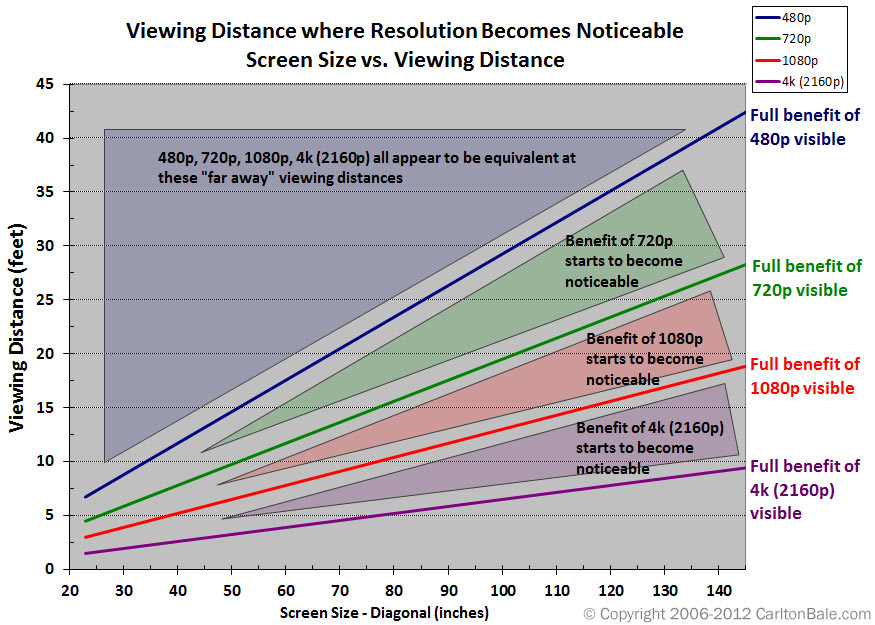

DeepMind keeps trying to build a model architecture that can continue to learn after training, first with the Titans paper and most recently with Nested Learning. It’s promising research, but they have yet to scale their “HOPE” model to larger sizes. And with as much incentive as there is to hype this stuff, I’ll believe it when I see it.





Ctrl+f “attractor state” to find the section. They named it “spiritual bliss.”